Hardwood trees in the Philippines are becoming rare, especially those native species, because of the lack of interest in forestry. Forestry is not only about logging but also about planting.
Tree planting in the Philippines is an enjoyable hobby and a profitable business that can help preserve our depleting ecosystem. Although the commercial forestry business in the Philippines is mainly dominated by Gmelina and Mahogany, other native Philippine forest trees are worth investing in.
By planting native hardwood trees in the Philippines, you are making money and helping preserve these threatened tree species.
Below are some of the threatened endemic Philippine tree species (except for mahogany, gmelina, and acacia), with their scientific names worth preserving and planting. The following ad shows 15 of the most profitable forest trees to grow in the Philippines.
Lists of hardwood trees in the Philippines to grow for profit
1. Gmelina (Gmelina arborea)
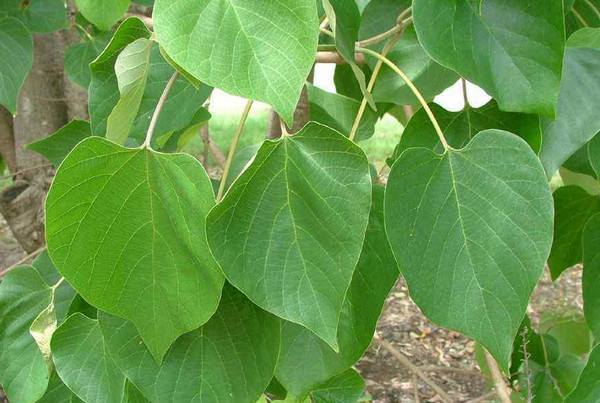
Although Gmelina is not a native Philippine tree, it is the most important and widely distributed forest tree species in the Philippines due to its economic importance and fast-growing characteristics. Gmelina can grow up to 15 meters on steep lands and reach a 12-inch diameter in just five years.
2. Mahogany (Swietenia macrophylla)
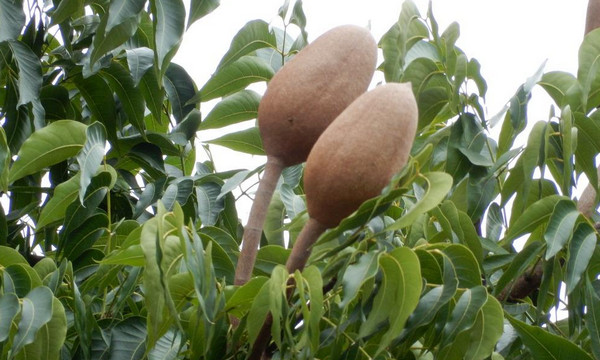
Honduran or big-leaf mahogany (Swietenia macrophylla), with a range from Mexico to southern Amazonia in Brazil, is the most widespread species of mahogany and the only true mahogany species commercially grown today. Both Mahogany and Gmelina are the top choices of commercial growers, but the latter grows slower than the former and can be harvested after 15 to 20 years. The only downside of Mahogany is that other species of plants under it will be killed as its leaves seem toxic and can kill most native species.
3. Narra (Pterocarpus indicus)
Narra is the most important and expensive lumber in the Philippines. It is considered a national tree, and although the tree species is considered “vulnerable,” it can be found anywhere.
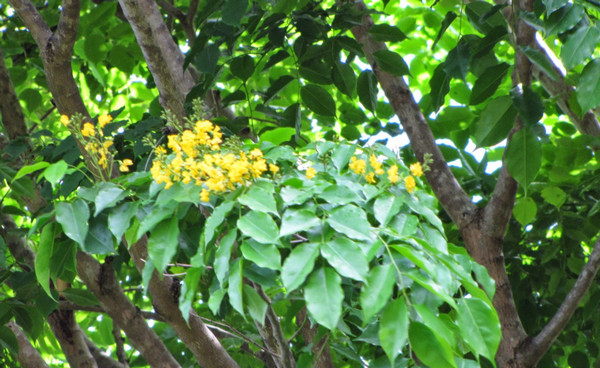
Narra is a premium timber species suitable for high-grade furniture, lumber, and plywood for light construction purposes. It is also used for cartwheels, wood carving, and musical instruments. The majority of Filipinos consider Narra the most special wood and lumber and one of the most significant hardwood trees in the Philippines.
4. Molave (Vitex parviflora)
Molave (mulawin, himul-awon in Hiligaynon) is a very important and high-value Philippine native tree. Its lumber is mainly used in premium furniture, tool handles, wood carvings, and heavy construction. It is one of the most expensive lumbers in the country and is very hard to find.
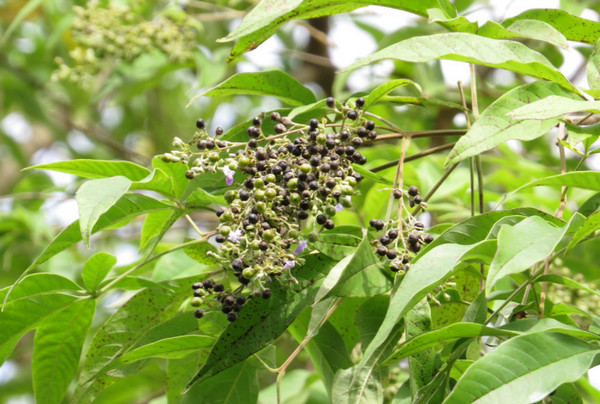
Molave is a premium timber species that dominates the limestone forests in the country. Molave wood is very hard and serves as precious wood in making high-end furniture. The traditional railroad ties were also made of molave owing to the wood’s inherent all-weather strength and durability. It is also a good ornamental tree with a wide-spreading crown perfect for shade. Numerous violet flowers bloom at the terminal portion of the twigs. It is also called Mulawin in Tagalog, and Himol-awon in Hiligaynon/Ilonggo.
5. Yakal (Shorea astylosa)
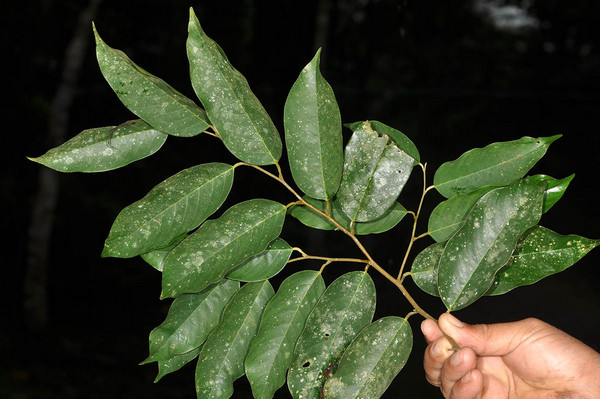
Shorea astylosa is endemic to the Philippines and is known as Yakal in the Filipino language. Yakal is a medium to a large tree about 25 to 30 meters tall. Its wood is hard and dark brownish-yellow. Branchlets are rather slender, blackish, and slightly hairy. Yakal is often used as a substitute for Narra as it is cheaper than the latter. It is used in furniture, stairs, and carvings.
6. Toog (Petersianthus quadrialatus)
Petersianthus quadrialatus (also called Toog and Philippine Rosewood) is an emergent tropical rainforest tree species. In the Visayas region called Kapullan, in the Samar and Leyte areas – Magtalisai. It is an indigenous tree species in the southeastern Philippines and one of the largest tree species in the Philippines islands.
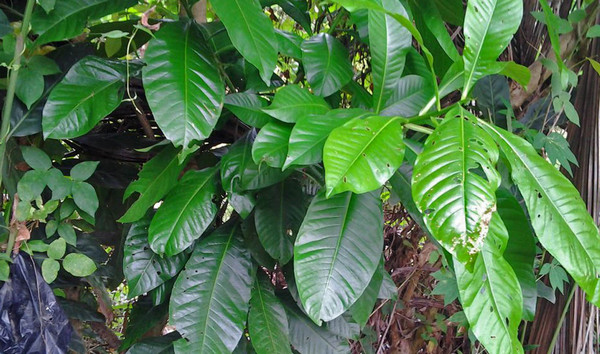
Leaves are medicinal, especially when treating skin rashes. Seeds are edible and taste like groundnut. Because its wood is hard and difficult to cut and is as strong as Molave (Vitex parviflora), its highly preferred for heavy construction such as bridges, beams, joists, poles, woodpiles of wharves and piers, veneer, and plywood, also for door faces and door components like jambs, stops, and casing.
7. Apitong (Dipterocarpus grandiflorus)
Dipterocarpus grandiflorus is a critically endangered common medium hardwood tree in South-East Asia and India. Its wood is used to produce good-quality charcoal, paper pulp, and timber sold under the Keruing designation. Its gum is used locally as a waterproofing varnish. The tree itself is very useful for nitrogen-fixing, erosion control, soil improvement, and watershed regulation.
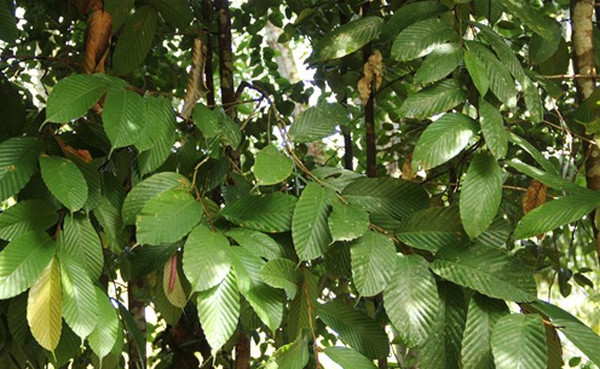
Apitong is commonly found in the Northern Negros Forest Reserve in Negros Occidental and is highly protected.
8. Almaciga (Agathis philippinensis)
Agathis philippinensis (in Tagalog: Almasiga, Almaciga, or Dayungon) is a large Agathis tree native to the Philippines, Sulawesi, and Halmahera. It occurs in upland tropical rainforests at 450-2,200 m altitude, rarely as low as 250 m in northern Luzon. Almaciga is considered one of the finest hardwood trees in the Philippines due to its fine and smooth texture.
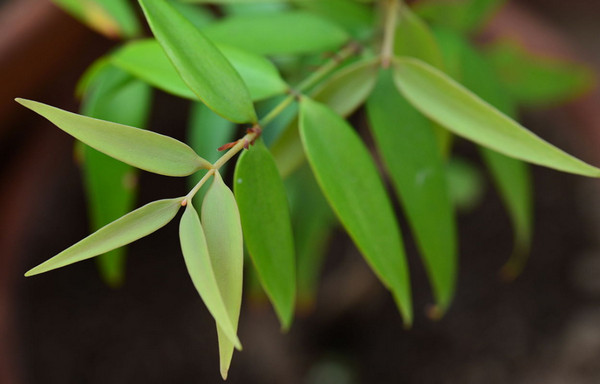
The tree is commonly used throughout the Philippines, Melanesia, and Australasia as an enrichment crop. Despite being limited by altitude constraints it is tolerant of most different soil densities, though it requires good drainage and prefers acidic soils. It has a special tolerance for shallow, infertile soils. The tree is, therefore, used to support areas that do not experience adequate crop growth and is also planted inside of existing plantations to replace existing trees.
Almaciga lumber is best used in picture frames because it has a fine texture.
9. Lawaan (Shorea)
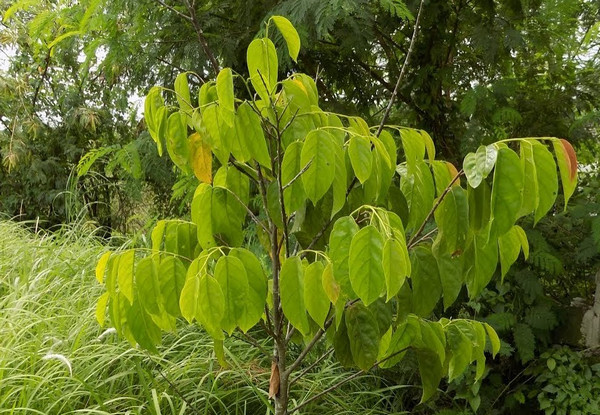
There are two species of Lauan (lauan) tree in the Philippines: the red and white Lauan. The red Lauan has important commercial value and is used in house construction. This writer has a red Lauan tree growing in his backyard, which is about 15 years old now.
10. Amugis (Koordersiodendron pinnatum)
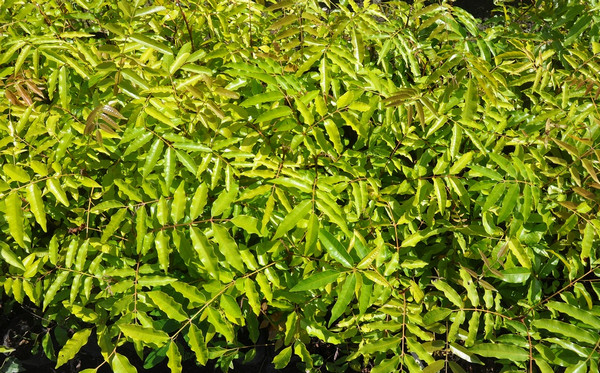
Koordersiodendron pinnatum (Ranggu) is a species of tree in the Philippines, locally known as Amugis (Amuguis), which is a relative of the cashew tree. This redwood is commonly used for building houses and ships.
11. Acacia (Acacia confusa)
Acacia confusa is a perennial tree native to Southeast Asia. Some common names for it are acacia petit feuille, small Philippine acacia, Formosa acacia (Taiwan acacia) and Formosan koa. It grows to a height of 15m. The tree has become very common in many tropical Pacific areas, including Hawaii, where the species is considered invasive
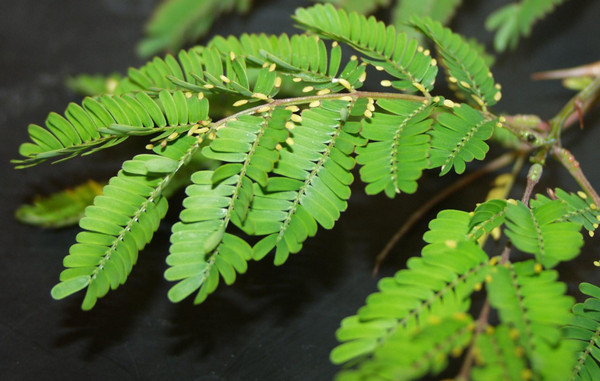
Its uses include chemical products, environmental management, and food and drink. The bark may be ground into a powder and saturated into the water to create a tea or maybe spread onto various foods as a spice and taste enhancer. The wood has a density of about 0.75 g/cm³.In Taiwan, its wood is used to make support beams for underground mines. The wood is also converted to charcoal for family use.
12. Nato (Palaquium luzoniense)
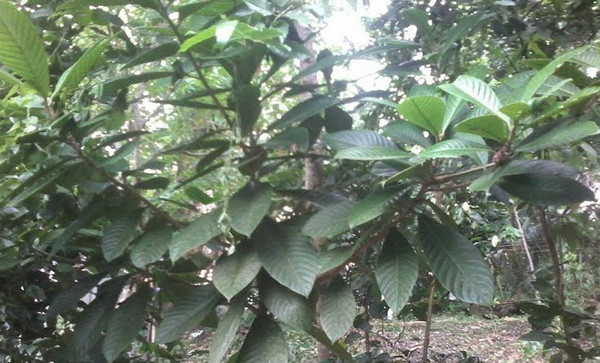
Palaquium luzoniense (also called Red Nato) is a species of tree in the Sapotaceae family. It is endemic to the Philippines and threatened by habitat loss. Nato is commonly found in the Visayas and is one of the most important lumber used in house construction.
13. Lanite (Kibatalia gitingensis)
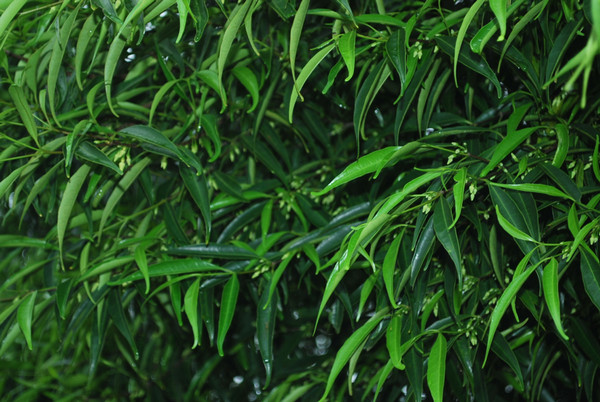
Lanite is a medium-sized tree. Its bark is gray or dark brown, rough, and ridged when mature, and smooth when young. Lanite is commonly used in house construction and furniture.
- Distribution: Luzon, Mindoro, Culion, Palawan, Negros, Mindanao
- Economic Importance: Wood is used for furniture and funnel products.
- Ecological Status: Depleted due to logging and kaingin-making.
14. Balayong (Afzelia rhomboides)
Balayong or Tindalo is very hardwood and medium in size. It is a species of legume in the Fabaceae family. It is found in Indonesia, Malaysia, and the Philippines. It is threatened by habitat loss.
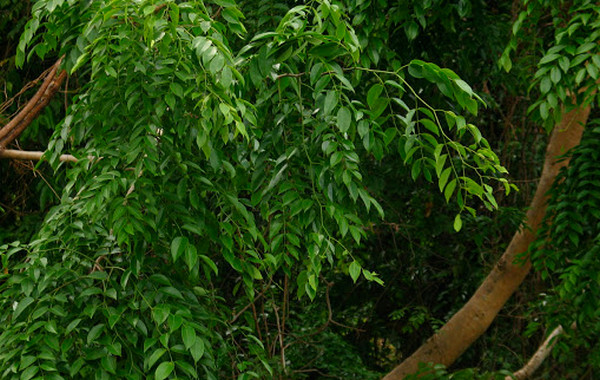
Manuel L. Quezon during the inauguration of Bacolod City, Negros Occidental Philippines, as a charter city on October 19, 1938, with Mayor Alfredo Montelibano and Gov. Valeriano Gatuslao.
The wood is good for carvings, furniture, and high-grade construction work. Balayong bark is used for tanning cattle hides, goatskin, and sheepskin. Young seeds, due to their fatty cotyledons, are edible.
15. Ipil (Intsia bijuga)
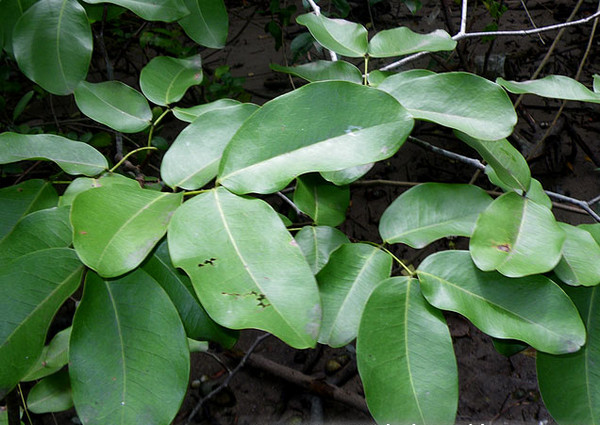
Ipil (not to be confused with Ipil-ipil – Leucaena leucocephala), is a large tree growing up to 50m in height and a diameter of 150cm. The bark is smooth, sometimes flaky, and grayish-green with occasional whitish patches. The leaves are shiny green. Observed to have white flowers in June.
Its fruit and bark have reported medicinal properties. Wood is used in interior decor and furniture making.
Other Hardwood Trees in the Philippines to Consider Growing
Kamagong – kamagong is actually a fruit called Mabolo. Kamagong is harder than most listed above and its wood is famous in movies as it is used to make Arnis weapons.
Tanguili – Tanguili/Tanguile is moderately hard reddish wood. Tanguili is one of the seven local kinds of wood often called Philippine Mahogany. This abundant wood type boasts fine ribbons or straight grain. It is relatively soft and easy to work on but resilient enough for outdoor construction.
Mangkono – Mangkono, or Philippine ironwood, is a species of plant in the family Myrtaceae. It is endemic to the Visayas, Palawan, and Northeastern Mindanao islands. It is valued for its extremely durable and heavy timber. It is threatened by habitat loss. It is often used as a chopping board and is considered the hardest hardwood tree in the Philippines.
Agarwood—Agar tree, Lanete, or Lapnisan (Aquilaria malaccensi), is a non-timber type of wood used for its sap or resin, which is used in the perfume and scents industry. The tree is very rare and is found in the deepest parts of the jungles of Southeast Asia, including the Philippines. Due to its uses and rarity, agarwood is considered to be the most expensive non-timber tree.
See Also:
- Gmelina vs Mahogany: Which is more Profitable to Grow and Why
- Dita Tree: Description, Uses, and Benefits
- Betis Tree: Description, Uses, and Benefits
- Banaba Tree: Description and Benefits
- Baguilumbang Tree: All You Need To Know
